Distortion
Distortion
Definition: Distortion in Stahlproduktion und Stahlhandel
Wenn wir in der Welt der Stahlproduktion und des Stahlhandels über Distortion sprechen, beziehen wir uns auf die unbeabsichtigte Veränderung oder Deformierung von Stahlerzeugnissen während des Herstellungs- oder Behandlungsprozesses. Diese Verzerrungen oder Deformationen können durch Wärme, mechanischen Druck oder andere Faktoren verursacht werden. Sie können sowohl die Funktion als auch das Aussehen des Endprodukts beeinträchtigen.
Hauptsächliche Ursachen für Distortion
Die Erwärmung und Abkühlung von Stahl im Produktionsprozess kann oft zu Distortion führen. Das kann passieren, wenn der Stahl ungleichmäßig erhitzt oder abgekühlt wird und dadurch verschiedene Teile des Stahls unterschiedliche Ausdehnungsraten aufweisen. Weitere Ursachen für eine Verzerrung können mechanische Belastungen während des Schweißvorgangs, oder ungleichmäßiger Druck während des Walzvorgangs sein.
Möglichkeiten zur Vermeidung von Distortion
Moderne Herstellungspraktiken haben viele Strategien entwickelt, um die Auswirkungen von Distortion zu reduzieren. Eine übliche Methode ist der Einsatz von gleichmäßigen Heiz- und Kühltechniken, um sicherzustellen, dass der Stahl während der Produktion gleichmäßig erwärmt und abgekühlt wird. Spezielle Werkzeugauslegungen und präzise Steuerung des Schweißprozesses können ebenso dazu beitragen, diese problematischen Verzerrungen zu minimieren.
Die Auswirkungen von Distortion
Distortion kann gravierende Auswirkungen auf die Qualität des Endprodukts und somit auf dessen Verkaufswert haben. Aus diesem Grund ist es für Unternehmen im Bereich der Stahlproduktion und des Stahlhandels sehr wichtig, Maßnahmen zur Minimierung von Verzerrungen während des Produktionsprozesses einzusetzen und ständig zu verbessern.
Blog Posts with the term: Distortion
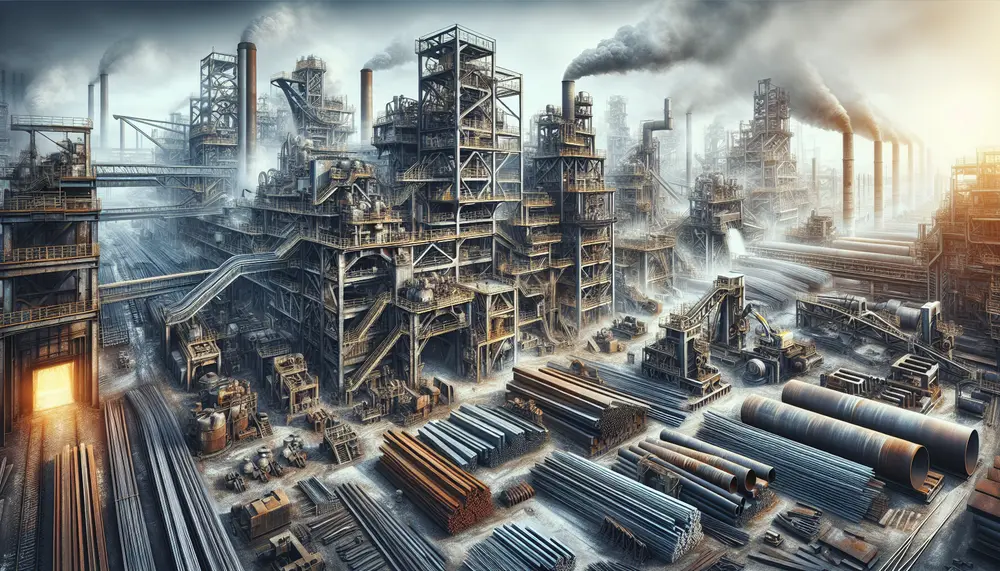
Steel fabrication involves transforming raw steel into structures or products using various techniques like cutting, bending, and joining to ensure strength and quality. Material selection is critical in this process as it affects the performance and longevity of the final...
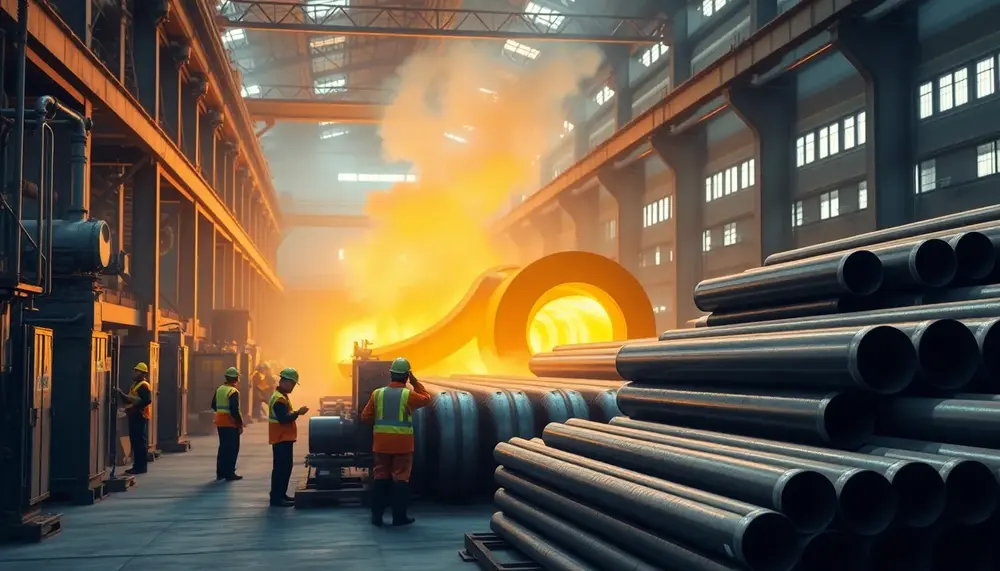
Steel tube manufacturing is essential for industries like construction, energy, and transportation, offering seamless tubes for strength and welded ones for cost-efficiency. The processes involve precise engineering to ensure durability, versatility, and performance tailored to specific applications....
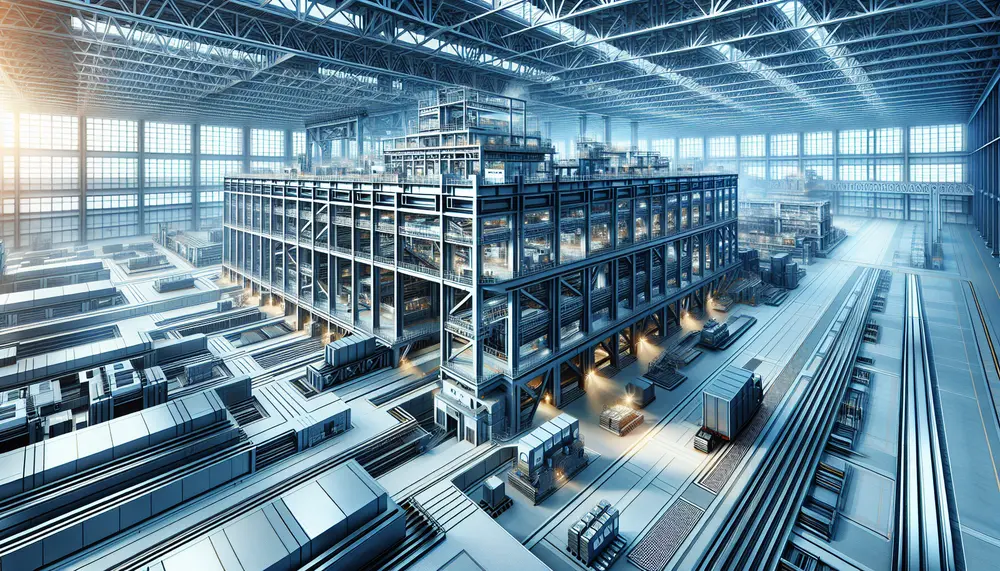
Steel manufacturing is undergoing a technological revolution with new advancements aimed at improving efficiency, reducing environmental impact, and enhancing product quality. Innovations include digital integration, electrification of furnaces to cut carbon emissions, 3D printing for complex parts production, advanced sensors...
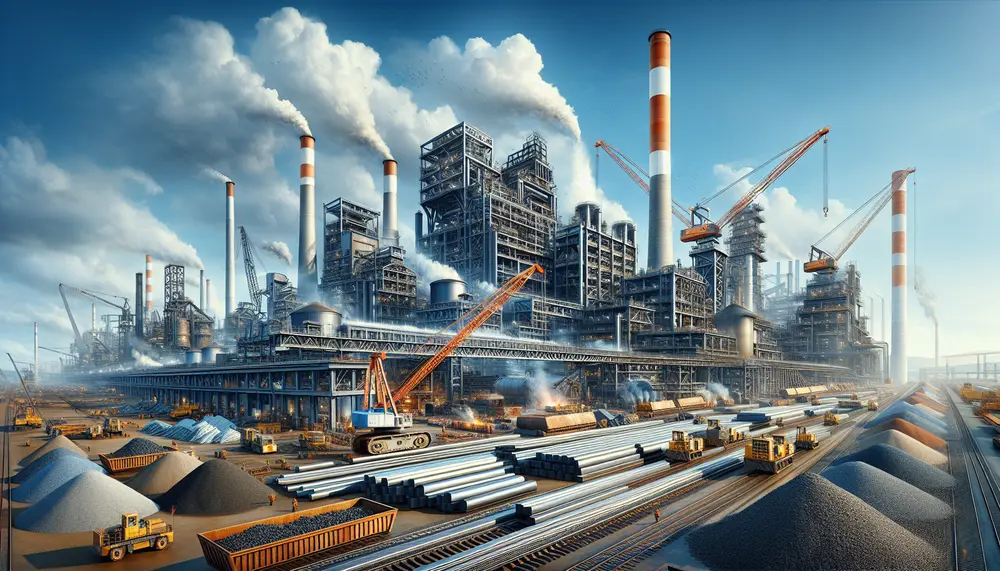
Steelmaking capacity is crucial for understanding the steel industry's dynamics, with factors like plant size and technology influencing production levels; the OECD plays a key role in monitoring global capacity, promoting sustainable practices, and addressing challenges such as overcapacity through...
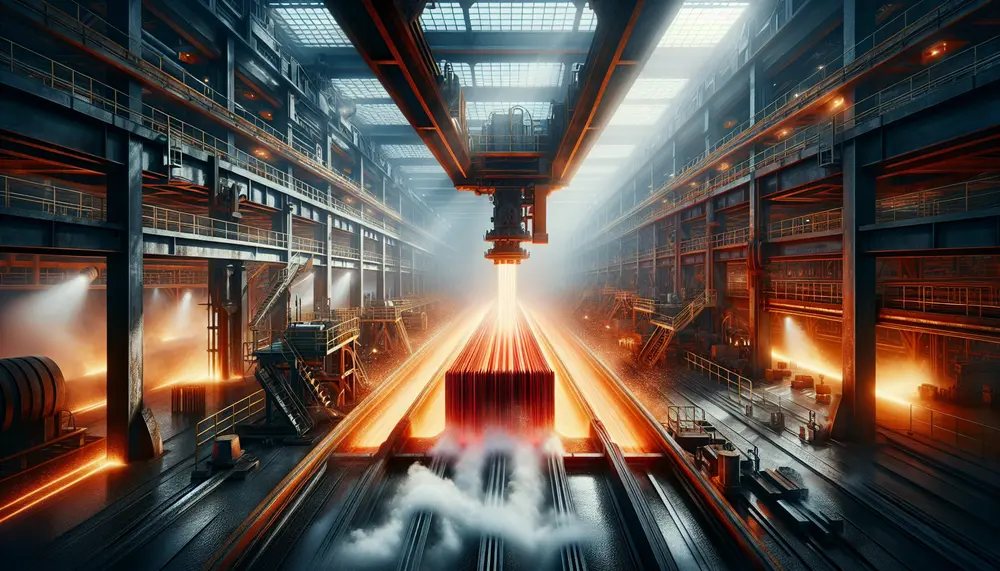
Quenching is a key process in steel production that rapidly cools metal to change its microstructure, increasing hardness and strength by creating martensitic structure. The choice of cooling medium—water, oil, air or others—affects the rate of cooling and final properties...
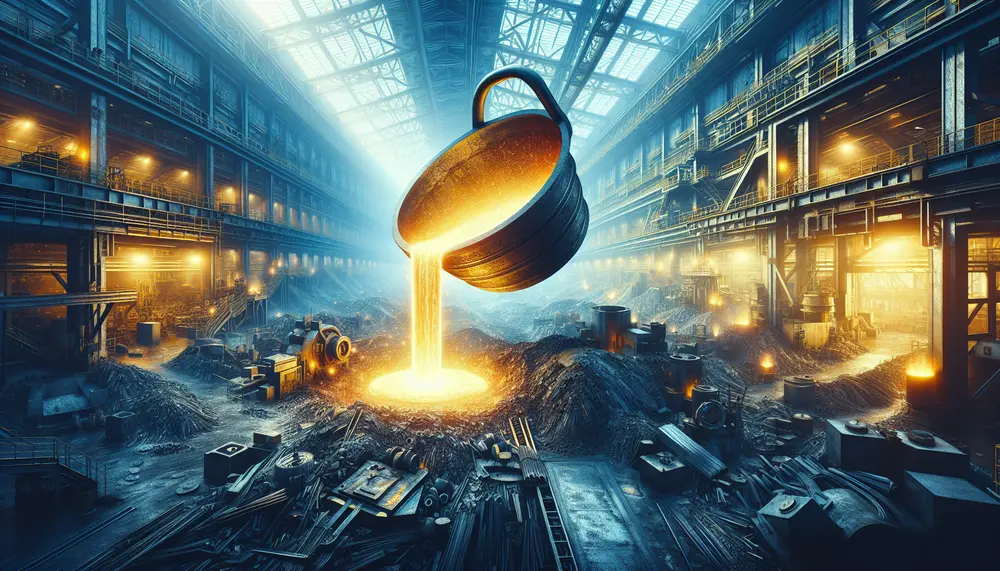
Metal manufacturing involves techniques like forming, machining, casting, joining, and finishing to create products from raw materials. Understanding these processes is essential in the industry; additional methods include extrusion, stamping, deep drawing, and shearing. Heat treatment alters metal properties through...
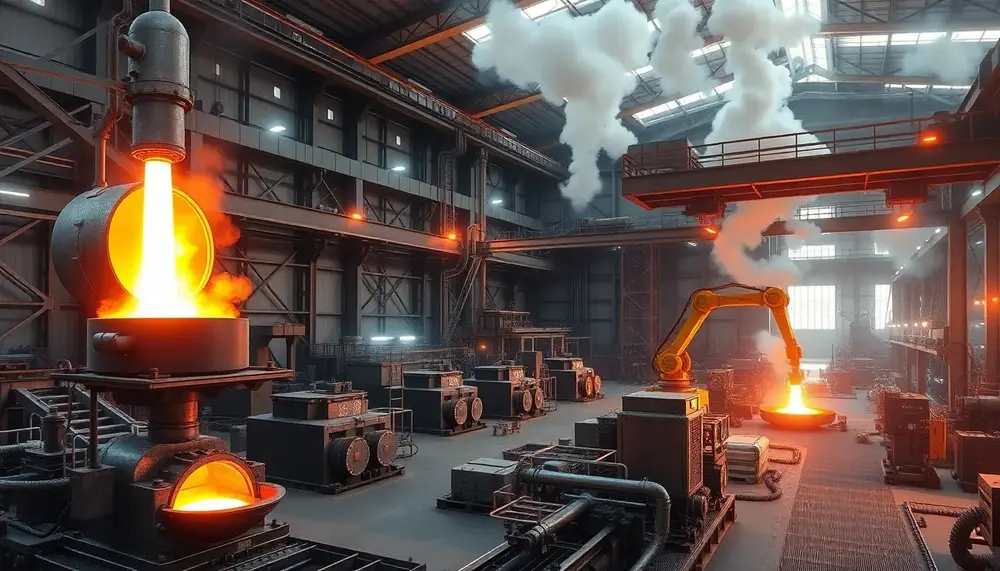
The evolution of steelmaking in America reflects centuries of innovation, from colonial ironworks to modern high-tech factories, driven by technological breakthroughs and economic demands. Key milestones like the Bessemer process and basic oxygen furnaces revolutionized production efficiency, solidifying steel's role...
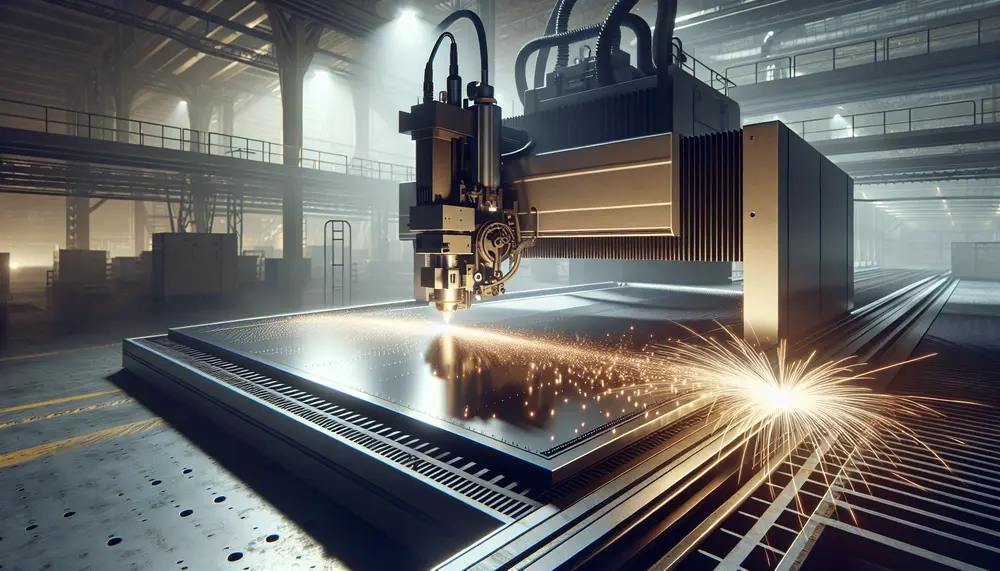
Laser precision cutting is a key technology in steel manufacturing, offering high accuracy and the ability to create complex shapes with minimal waste. It combines speed, versatility, and CNC integration for consistent quality production while maintaining material integrity through reduced...
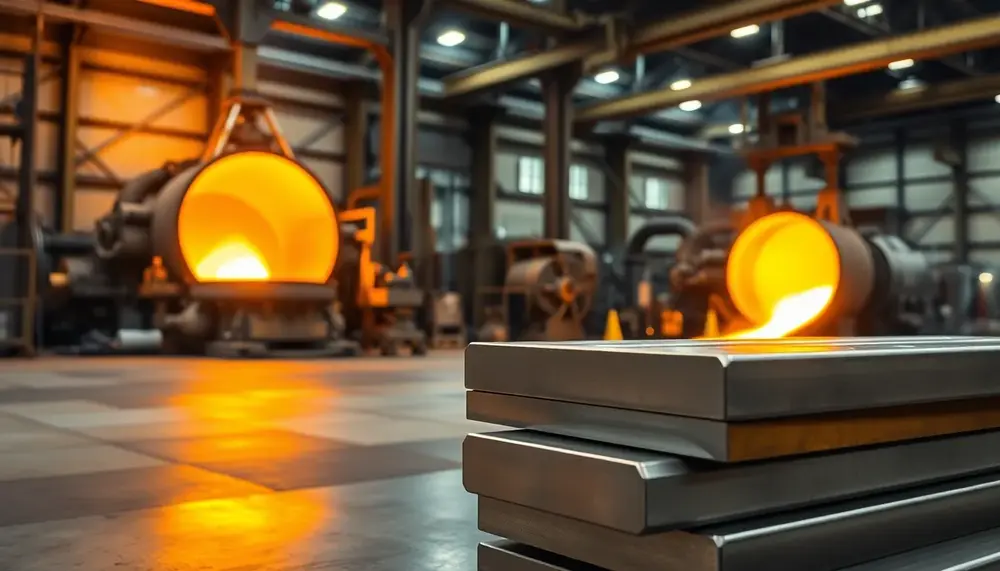
Nickel is essential in modern steelmaking, providing superior toughness, corrosion resistance, and non-magnetism that enable advanced applications across industries....
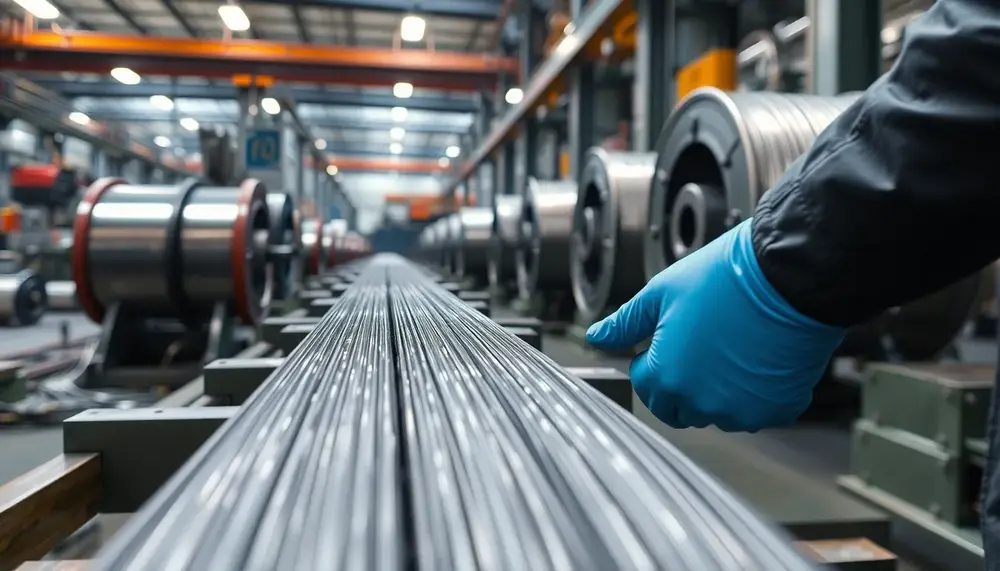
Steel wire manufacturing requires high-quality rods, advanced drawing machines, precise heat treatment, and meticulous preparation to ensure strong, defect-free wires....
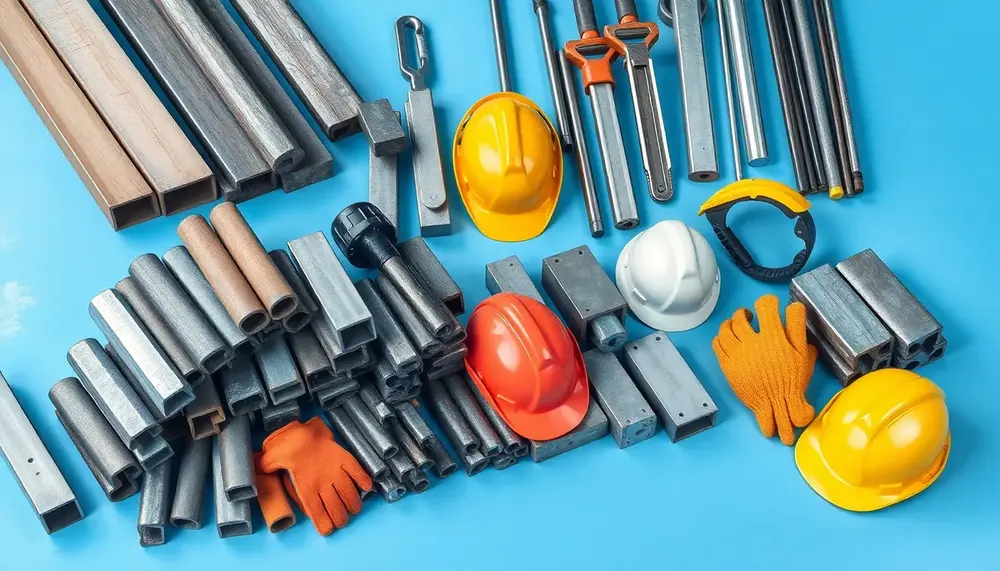
Steelmaking nouns are essential for clear communication and safety in the steel industry, with evolving terminology requiring an up-to-date glossary. This article explains key terms like alloy, arc furnace, austenite, blast furnace, billet, basic oxygen process, carbon content, converter, casting,...
